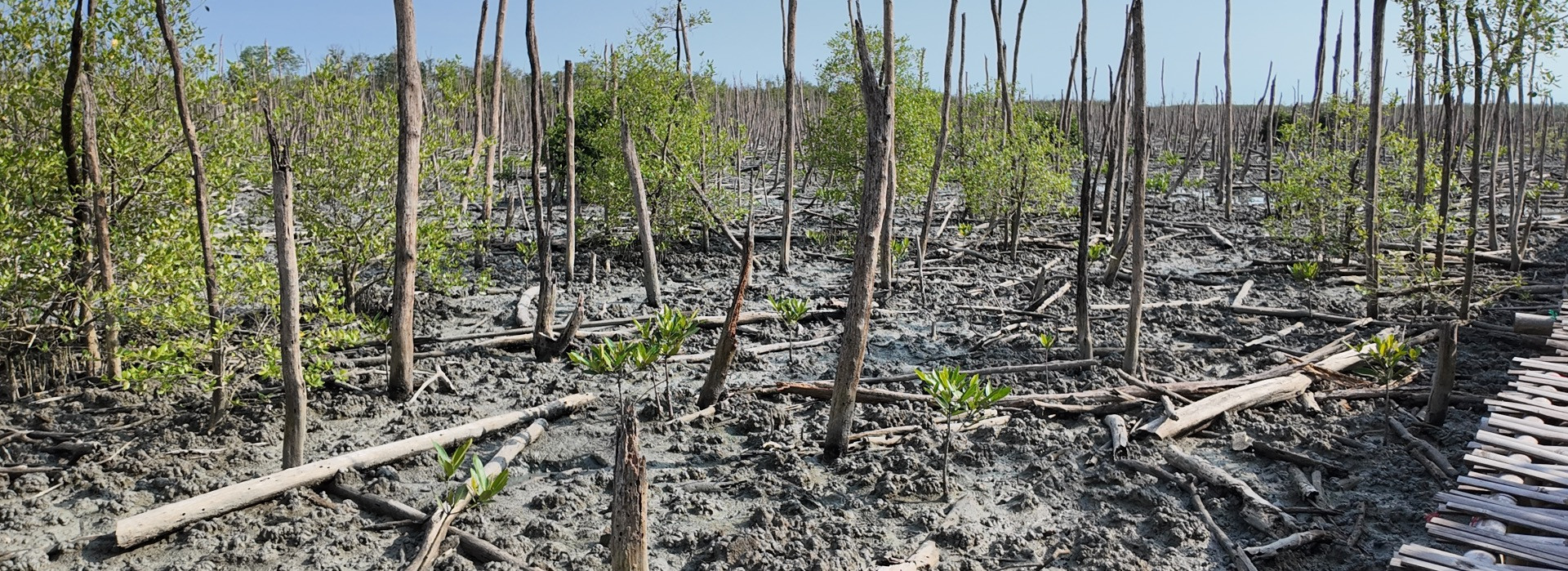Restoring Nature's Shields: Indonesia's Mangroves and the Path to a Sustainable Future
International Biodiversity Day, May 22nd serves as a powerful reminder of our planet's incredible variety of life and the urgent need to protect it. In Indonesia, a nation housing 23% of the world's mangrove forests, this day resonates deeply. These vibrant coastal ecosystems are not just homes to diverse species; they are natural powerhouses for climate action and coastal protection.
Mangroves offer an invaluable array of benefits: they are highly effective carbon sinks, storing 4-5 times more carbon than terrestrial forests, making them crucial for climate change mitigation. They act as natural barriers, reducing the impact of storm surges, erosion, and floods, thereby bolstering disaster risk reduction. Furthermore, they support economic resilience for local communities through eco-tourism and sustainable fishing practices (silvofishery), benefiting both men and women. Lastly, they are vital habitats for a wide array of biodiversity, including fisheries, migratory birds, and endemic species.
Despite their critical importance, Indonesia's mangroves face significant threats from deforestation, land conversion, and climate change. Recognizing this, the Indonesian government has prioritized mangrove restoration as a core part of its national climate action strategy. This commitment aligns with national policies and international agreements like the Paris Agreement's Enhanced Nationally Determined Contributions (NDCs). The Ministry of Environment and Forestry aims to rehabilitate 80,000 hectares of mangroves between 2025 and 2029.
However, the path to successful restoration is paved with challenges. Key hurdles include governance issues such as land tenure disputes, unclear mandates, and a persistent gender gap in meaningful participation. Environmental factors like poor site selection and disrupted hydrology also pose significant problems. Socio-economic barriers, such as weak incentives for local communities and limited access to capacity building and markets for women, further complicate efforts. Finally, infrastructure limitations, including inaccessible sites and inadequate monitoring systems, hinder effective implementation and oversight.
Indonesia's ambitious mangrove restoration goals necessitate learning from past and ongoing initiatives. Recognizing this, the FINCAPES project, a 5.5-year Canadian-funded initiative led by the University of Waterloo, convened the I-CAN Think Forum. This multi-stakeholder platform gathered practitioners, researchers, government, NGOs, and community organizations to document and share key lessons and innovative approaches in mangrove restoration. The following insights, drawn from the Forum and various demonstration projects by FINCAPES-IPB, NASCLIM, BRIN, Blue Forests, and KTH Lestari, highlight critical best practices:
- Site-Specific Restoration and Biotechnology (BRIN): Emphasizes tailoring interventions to specific site conditions using geo-hydrological assessments and biotechnology for soil enhancement.
- Restoring Natural Hydrology and Natural Regeneration (Blue Forests): Highlights the effectiveness of Ecological Mangrove Rehabilitation (EMR) by prioritizing natural water flow to facilitate regeneration.
- Community-Led Education and Financial Innovation (NASCLIM): Combines ecological restoration with community empowerment through Coastal Field Schools and Bio-Rights Programs, offering conditional microloans that incentivize conservation outcomes, with a focus on empowering women through livelihood capacity building.
- Shifting Mindsets and Economic Incentives (KTH Lestari): Illustrates how reframing mangroves as economic assets (e.g., improving aquaculture productivity) boosts local participation and fosters green livelihoods.
- Field Innovations in Lampung: Showcases effective techniques like quadrant planting for higher survival rates and integrating silvo-fishery systems for sustainable community income.
Successful restoration hinges on three core pillars: Strengthening Governance through improved policies, spatial planning, and multi-stakeholder collaboration; Science-Based Restoration focusing on hydrology, EMR, and species-site matching; and Empowering Communities, particularly women and marginalized groups, through capacity building, eco-livelihoods, and equitable decision-making.
For a more comprehensive understanding of these innovative approaches and strategic recommendations, access the full knowledge brief here.
